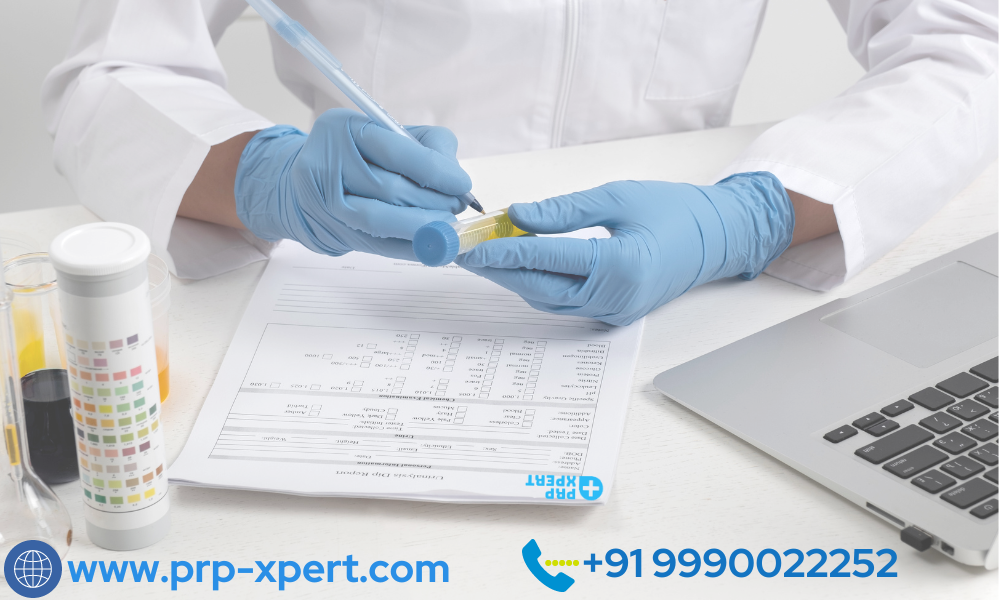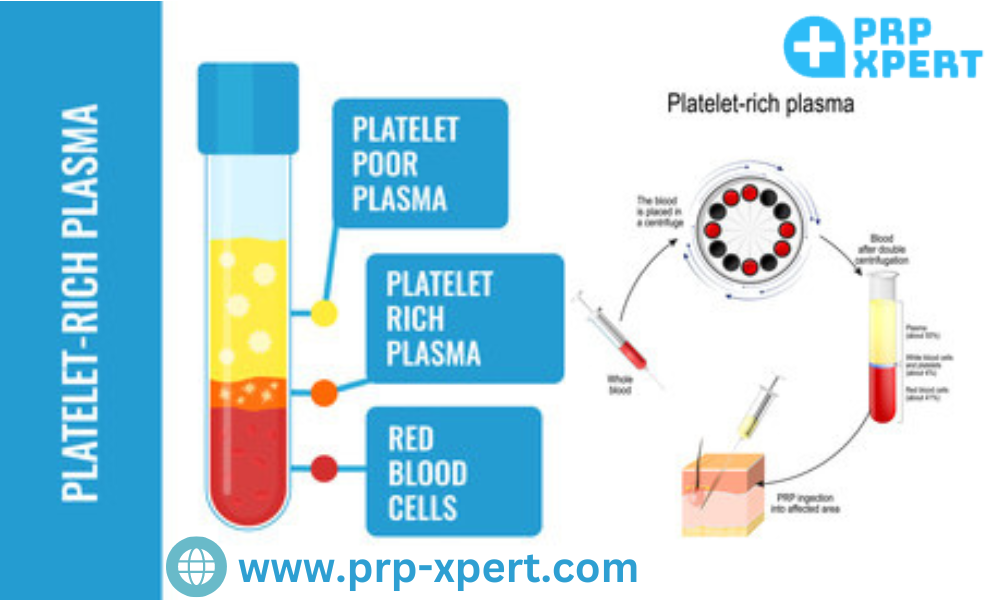Selecting an Ideal PRP Tube: A Comprehensive Overview

Platelet-rich plasma (PRP)treatment has acquired fame as a regenerative operation for wound mending,
tormenting executives, and stylish medicines. Selecting the appropriate PRP
tube is critical for its successful execution; in this guide, we explore vital
considerations to ensure optimal outcomes and patient safety.
1. Tube Material and Quality:
Material choice plays an
integral part in PRP tube performance. While both plastic and glass offer
advantages, plastic tubes tend to be preferred due to their safety and ease of
use.
Plastic Tubes: Plastic PRP tubes are usually made from
medical-grade polypropylene or polystyrene material and should be disposable,
sterile, shatterproof and sterile to reduce contamination and injury during
handling. Moreover, they come in various sizes to oblige different PRP volumes.
Glass Tubes: Due to their fragility and risk of breaking during
centrifugation or handling, glass PRP tubes are less frequently used due to
their risk of breaking. Some clinicians prefer them because they maintain
platelet quality more effectively. Glass tubes must always be handled sisterly to prevent contamination or breakage.
2. Separator Gel and
Anticoagulant Solution:
PRP tubes typically include
anticoagulants and separator gels to inhibit clot formation and facilitate
centrifugation, and selecting these appropriately can impact PRP quality.
Anticoagulant: Acid citrate dextrose is the most popular choice
among PRP tubes as an anticoagulant; some PRP tubes also use sodium citrate or
EDTA (ethylenediaminetetraacetic acid). ACD's longevity in maintaining platelet
function makes it the optimal choice.
Separator Gel: To maintain PRP purity and quality, it must provide
a physical barrier between its components and PRP. To do so effectively, its
composition must be biocompatible and non-toxic; any errors could alter this
crucial part of its use.
3. Tube Capacity: PRP tubes
come in various sizes, typically ranging from 6 ml to 20 ml or more. Your choice
of PRP tube capacity depends on the requirements and volume needed for your
procedure; smaller tubes may be best suited for facial rejuvenation applications,
while larger PRP containers are appropriate for treating larger areas or
orthopaedic treatments.
4. Sterility and Packaging:
Sterile PRP tubes are
essential to avoiding infection and protecting the integrity of PRP products.
When selecting tubes to use, look for ones individually packaged and labelled
"sterile" with no evidence of damage on packaging, seals or tubes before
using.
5. Brand Reputation and
Certifications:
Select PRP tubes from
reliable manufacturers with a history of producing top-quality medical
products, such as ISO 13485 certification. Make certain to research and peruse
audits from different clinicians on each brand or item that intrigues you.
6. Compatibility with
Centrifuge:
PRP tubes are tailored to
work best with specific centrifuge models. Ensure the tubes you purchase are
compatible with the one used in your practice to achieve optimal PRP separation
results. Choosing incompatible tubes could result in subpar PRP separation
results.
7. Recovery Efficiency of
Platelets:
PRP therapy's primary goal is
to concentrate platelets, growth factors, and other beneficial components into
one place in the blood. Therefore, selecting PRP tubes that demonstrate high
platelet recovery efficiency is essential. This efficiency depends on factors
like tube design, anticoagulant agents used, centrifugation parameters, etc.
8. Ease of Use and Handling:
PRP procedures must be
efficient and straightforward, making selecting tubes easy for patients and
providers. Preferred tubes mark blood volume and separation layers and provide
user-friendly caps and adapters to reduce errors.
9. Cost and Budget:
Although quality should
always precede cost when selecting PRP tubes for medical practice use, costs
and budget considerations often weigh heavily on many medical professionals'
minds when purchasing them. Review pricing information carefully while considering
factors like platelet recovery efficiency and sterility as you evaluate the
product's overall worth.
10. Research and Clinical
Evidence:
Be current on the latest
research and clinical studies concerning PRP tubes. Specific tubes may be
designed for particular uses, such as orthopaedics or aesthetics; consult
scientific literature and peers in your field to select an ideal tube.
Selecting the ideal PRP tube
is crucial to the success of PRP therapy. Factors to consider when making this
critical choice include tube material, anticoagulant, separator gel capacity
and capacity, brand reputation, compatibility with the centrifuge, platelet
recovery efficiency, ease of use, cost-effectiveness, clinical evidence and
clinical outcomes. By carefully considering these elements, you can make an
informed decision that will benefit patients and medical practices alike -
always prioritizing patient safety and quality care when choosing PRP tubes.


